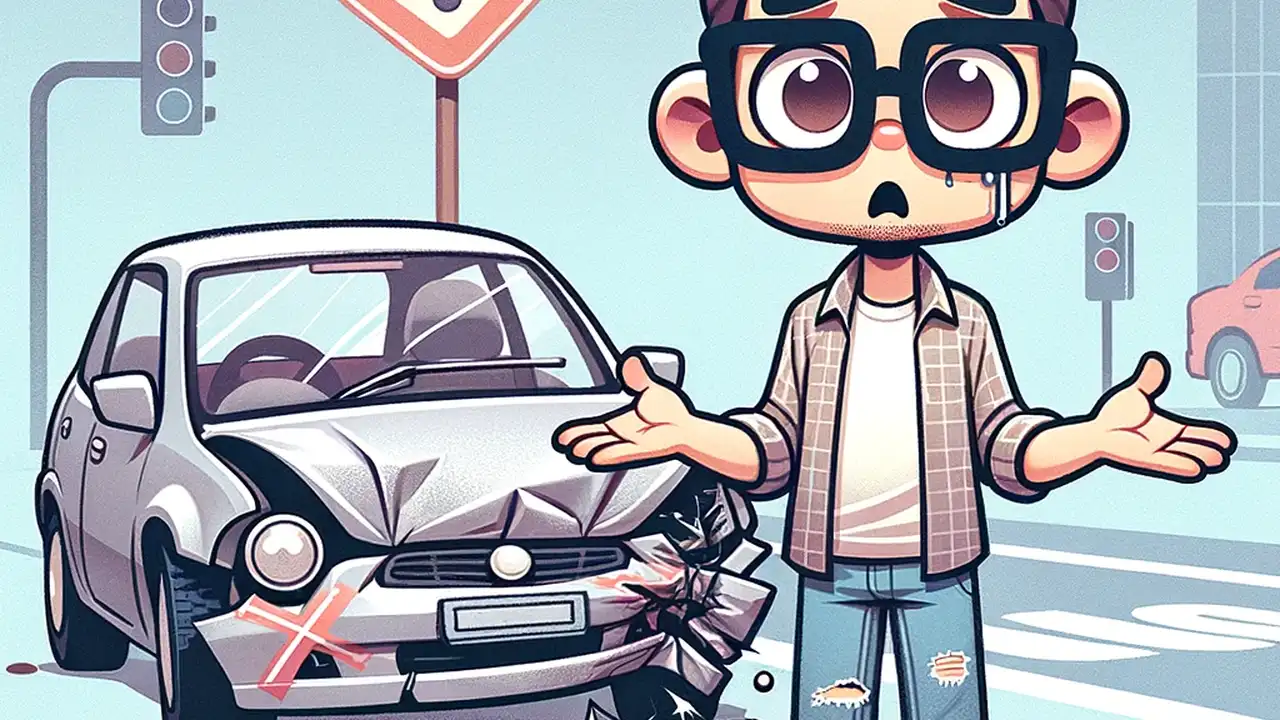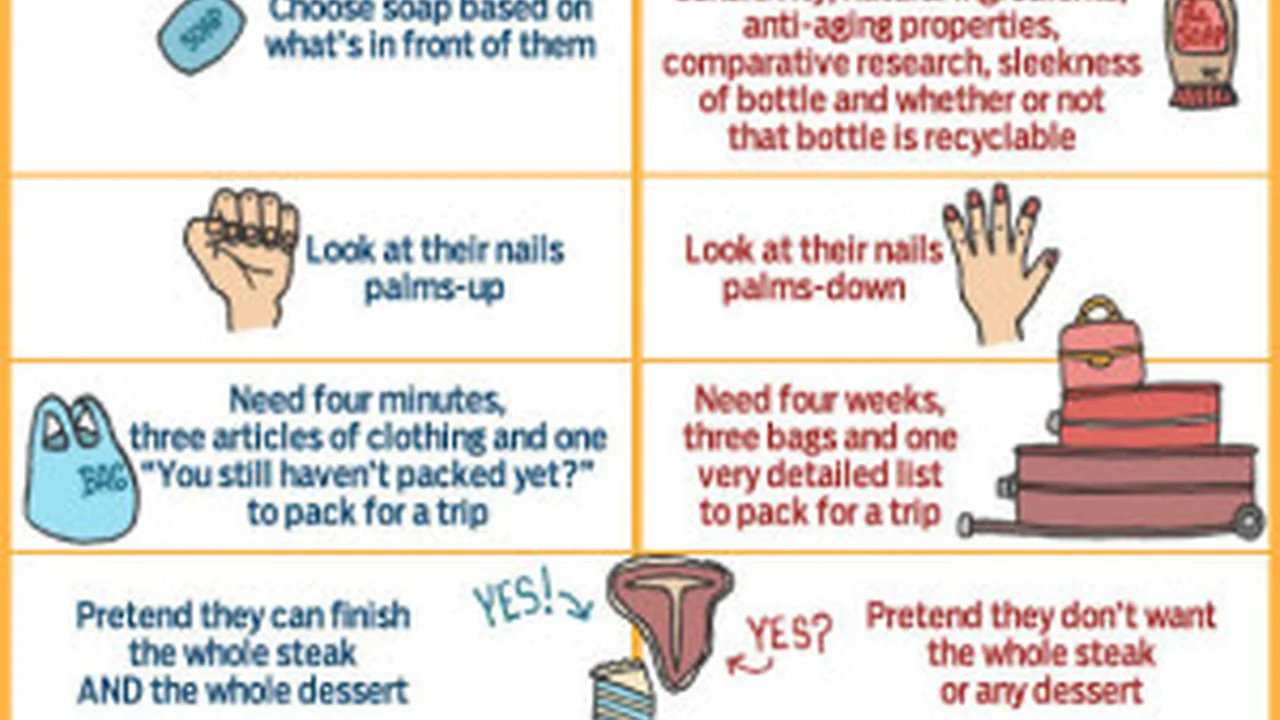Best Car Insurance for Young Drivers
Sample meta description.

Understanding Car Insurance for Young Drivers Cost Factors
Alright, let's talk car insurance. If you're a young driver, you've probably noticed your insurance rates are, shall we say, less than ideal. It's not personal, promise! Insurance companies see young drivers as higher risk, and that risk translates to higher premiums. Why? Statistics. Younger drivers, especially those just starting out, are statistically more likely to be involved in accidents. This is due to a combination of inexperience, riskier driving behaviors (sorry!), and sometimes, just plain bad luck.
Several factors influence car insurance rates for young drivers. The biggest one is your age. The younger you are, the higher the premium. Your driving record is crucial. Any accidents, tickets, or violations will significantly increase your rates. The type of car you drive matters too. A sporty, fast car will cost more to insure than a sensible sedan. Where you live also plays a role. Urban areas with higher traffic density and theft rates generally have higher insurance premiums. Finally, your coverage choices impact the price. Choosing a higher deductible or lower coverage limits will reduce your premium, but it also means you'll pay more out-of-pocket if you have an accident.
Key Car Insurance Coverages for Young Drivers Explained
Okay, let's break down the different types of car insurance coverage. It can seem like alphabet soup, but understanding each one is essential for making informed decisions.
- Liability Coverage: This is the most basic type of coverage and is required in most states. It covers damages you cause to others if you're at fault in an accident. This includes bodily injury and property damage. Think of it as protecting your assets if you cause an accident and someone sues you.
- Collision Coverage: This covers damage to your car if you're in an accident, regardless of who's at fault. So, if you rear-end someone or hit a tree, collision coverage will help pay for the repairs.
- Comprehensive Coverage: This covers damage to your car from things other than collisions, such as theft, vandalism, fire, hail, or even hitting a deer. Basically, anything that's not a car accident.
- Uninsured/Underinsured Motorist Coverage: This protects you if you're hit by someone who doesn't have insurance or doesn't have enough insurance to cover your damages. It can cover your medical bills, lost wages, and pain and suffering.
- Personal Injury Protection (PIP): This covers your medical expenses and lost wages, regardless of who's at fault in an accident. It's available in some states and can be a valuable addition to your policy.
For young drivers, I highly recommend considering comprehensive and collision coverage, especially if you have a newer car. Uninsured/underinsured motorist coverage is also a good idea, as it protects you from the financial consequences of being hit by an uninsured driver. While liability coverage is essential, make sure you have enough to protect your assets in case you're at fault in an accident.
Top Car Insurance Companies for Young Drivers Compared
Now, let's get to the good stuff: which insurance companies offer the best rates and coverage for young drivers? Here are a few of my top picks, along with their pros and cons:
- State Farm: State Farm is a popular choice for young drivers due to its competitive rates and excellent customer service. They offer a variety of discounts, including good student discounts, safe driver discounts, and multi-policy discounts. State Farm also has a user-friendly mobile app and a large network of agents. However, their rates can be slightly higher than some other companies, depending on your individual circumstances.
- GEICO: GEICO is known for its aggressive advertising and low rates. They offer a variety of discounts, including discounts for students, military personnel, and federal employees. GEICO also has a convenient online quote tool and 24/7 customer service. However, some customers have reported issues with claims processing.
- Progressive: Progressive is another popular option for young drivers, offering competitive rates and a variety of discounts. They also have a unique "Name Your Price" tool that allows you to customize your coverage and premium. Progressive also has a user-friendly website and mobile app. However, their customer service ratings are sometimes lower than other companies.
- USAA: If you're a member of the military or a family member of a military member, USAA is an excellent option. They consistently rank among the top insurance companies for customer satisfaction and offer some of the lowest rates in the industry. USAA also has a wide range of financial products and services. However, their eligibility requirements are strict.
- Allstate: Allstate is a well-established insurance company with a strong reputation for customer service. They offer a variety of discounts, including discounts for safe drivers, good students, and multi-policy holders. Allstate also has a user-friendly website and mobile app. However, their rates can be higher than some other companies, especially for young drivers with less-than-perfect driving records.
Specific Car Insurance Products Recommended for Young Drivers and Their Usage Scenarios
Let's dive into some specific product recommendations and how they might fit your situation:
- State Farm Drive Safe & Save: This is a usage-based insurance program that tracks your driving habits through a mobile app. If you drive safely, you can earn significant discounts on your premium. This is a great option for young drivers who are confident in their driving skills and want to save money. Scenario: Sarah, a college student, signs up for Drive Safe & Save and consistently drives safely, avoiding hard braking and speeding. She earns a 20% discount on her premium.
- GEICO DriveEasy: Similar to State Farm's program, GEICO DriveEasy tracks your driving habits through a mobile app and rewards safe driving with discounts. It monitors things like speeding, hard braking, and phone usage while driving. Scenario: David, a recent high school graduate, uses GEICO DriveEasy and focuses on minimizing distractions while driving. He earns a 15% discount on his premium.
- Progressive Snapshot: Progressive Snapshot is another usage-based insurance program that tracks your driving habits. It uses a plug-in device or a mobile app to monitor things like mileage, time of day, and hard braking. Scenario: Emily, a young professional who commutes to work, uses Progressive Snapshot and avoids driving during rush hour. She earns a 10% discount on her premium.
- Allstate Milewise: Allstate Milewise is a pay-per-mile insurance program that charges you based on the number of miles you drive. This is a good option for young drivers who don't drive much. Scenario: Michael, a college student who lives on campus and only drives occasionally, uses Allstate Milewise and saves money because he only pays for the miles he drives.
Detailed Car Insurance Product Comparisons: Features, Pricing, and Benefits for Young Adults
To help you make a more informed decision, here's a detailed comparison of some popular car insurance products for young drivers:
| Product | Company | Features | Pricing (Estimated) | Benefits | Drawbacks |
|---|---|---|---|---|---|
| Drive Safe & Save | State Farm | Usage-based, mobile app tracking, safe driving discounts | Varies based on driving habits; Potential for 5-20% discount | Rewards safe driving, potential for significant savings | Requires monitoring, privacy concerns for some |
| DriveEasy | GEICO | Usage-based, mobile app tracking, safe driving discounts | Varies based on driving habits; Potential for 5-15% discount | Rewards safe driving, convenient app | Some users report inaccurate driving data |
| Snapshot | Progressive | Usage-based, plug-in device or mobile app, discounts for low mileage and safe driving | Varies based on driving habits; Potential for 5-10% discount | Rewards safe driving, flexible tracking options | Can penalize for certain driving habits (e.g., late-night driving) |
| Milewise | Allstate | Pay-per-mile, tracks mileage via device, good for low-mileage drivers | Base rate + per-mile rate; Varies based on location and driving history | Saves money for low-mileage drivers, simple pricing | Not ideal for high-mileage drivers |
Disclaimer: These are just estimated prices and discounts. Your actual rates will vary based on your individual circumstances. It's always best to get quotes from multiple companies to compare rates and coverage.
Saving Money on Car Insurance as a Young Driver Practical Tips and Strategies
Okay, so how can you actually lower your car insurance rates as a young driver? Here are some practical tips and strategies:
- Shop Around: Get quotes from multiple insurance companies. Don't just settle for the first quote you get. Comparison shopping is the easiest way to find the best rates.
- Take Advantage of Discounts: Ask about all available discounts. Common discounts for young drivers include good student discounts, safe driver discounts, multi-policy discounts, and discounts for taking a defensive driving course.
- Increase Your Deductible: Increasing your deductible will lower your premium. However, make sure you can afford to pay the higher deductible if you have an accident.
- Drive a Safe Car: Choose a car that's safe and reliable. Avoid sporty cars or cars with a high theft rate.
- Maintain a Clean Driving Record: Avoid accidents and tickets. A clean driving record is the best way to keep your insurance rates low.
- Consider Usage-Based Insurance: If you're a safe driver, consider a usage-based insurance program that rewards you for your good driving habits.
- Stay on Your Parents' Policy (If Possible): If your parents have a good driving record and a low insurance rate, staying on their policy can be cheaper than getting your own policy. However, make sure you're properly insured and that your parents are aware of the risks.
- Improve Your Credit Score: In some states, insurance companies use your credit score to determine your rates. Improving your credit score can lower your insurance premium.
Understanding Car Insurance Premiums and Payment Options for Young Adults
Let's talk about how car insurance premiums are calculated and what payment options are available to you.
Your car insurance premium is the amount you pay for your insurance policy. It's calculated based on a variety of factors, including your age, driving record, type of car, location, and coverage choices. Insurance companies use complex algorithms to assess your risk and determine your premium.
Most insurance companies offer a variety of payment options, including:
- Monthly Payments: This is the most common payment option. You pay your premium in monthly installments.
- Quarterly Payments: You pay your premium in quarterly installments (every three months).
- Semi-Annual Payments: You pay your premium in semi-annual installments (every six months).
- Annual Payments: You pay your entire premium upfront for the year. This is often the cheapest option, as you may receive a discount for paying in full.
- Electronic Funds Transfer (EFT): You authorize the insurance company to automatically deduct your premium from your bank account each month. This is a convenient way to ensure you never miss a payment.
- Credit Card: Some insurance companies allow you to pay your premium with a credit card. However, be aware that your credit card company may charge interest or fees.
It's important to choose a payment option that works best for your budget and financial situation. Make sure you understand the terms and conditions of your policy, including the payment due dates and any late payment fees.
The Importance of Comparing Car Insurance Quotes for Young Drivers
I can't stress this enough: comparing car insurance quotes is crucial for young drivers. It's the single most effective way to find the best rates and coverage.
Getting quotes from multiple insurance companies allows you to see how different companies assess your risk and what premiums they charge. You may be surprised at how much rates can vary from company to company.
When comparing quotes, make sure you're comparing the same coverage levels and deductibles. Don't just focus on the price. Consider the coverage options, customer service ratings, and financial stability of each company.
You can get car insurance quotes online, by phone, or through an independent insurance agent. Online quote tools are convenient and allow you to get quotes from multiple companies in a matter of minutes. However, talking to an insurance agent can be helpful if you have questions or need help understanding your coverage options.
Navigating the Car Insurance Claim Process as a Young Driver: A Step-by-Step Guide
Okay, so you've been in an accident. What do you do now? Here's a step-by-step guide to navigating the car insurance claim process:
- Stay Calm and Assess the Situation: Check yourself and your passengers for injuries. If anyone is injured, call 911 immediately.
- Exchange Information: Exchange insurance information with the other driver(s) involved in the accident. Get their name, address, phone number, insurance company, and policy number.
- Document the Scene: Take photos of the damage to all vehicles involved in the accident. Also, take photos of the accident scene, including any road conditions or hazards that may have contributed to the accident.
- File a Police Report: If there's significant damage or injuries, file a police report. The police report will provide an official record of the accident.
- Contact Your Insurance Company: Contact your insurance company as soon as possible to report the accident. Provide them with all the information you've gathered, including the other driver's information, photos of the damage, and the police report (if applicable).
- Cooperate with the Insurance Adjuster: The insurance company will assign an adjuster to investigate the accident. Cooperate with the adjuster and provide them with any information they request.
- Get an Estimate for Repairs: Get an estimate for the cost of repairing your car. You can get an estimate from a mechanic of your choice or from a mechanic recommended by the insurance company.
- Negotiate with the Insurance Company: If you're not happy with the insurance company's offer, negotiate with them. You may be able to get a higher settlement if you can provide evidence that the damage is more extensive than the insurance company initially estimated.
- Consider Legal Action: If you're unable to reach a settlement with the insurance company, you may need to consider legal action. Consult with an attorney to discuss your options.
Remember to keep detailed records of all communication with the insurance company, including dates, times, and names of people you spoke with. This will be helpful if you need to dispute the insurance company's decision.
Future of Car Insurance for Young Drivers: Emerging Trends and Technologies
The car insurance industry is constantly evolving, and several emerging trends and technologies are likely to impact young drivers in the future.
- Telematics and Usage-Based Insurance: Telematics and usage-based insurance are becoming increasingly popular. These technologies use data from your car or smartphone to track your driving habits and reward safe driving with discounts.
- Autonomous Vehicles: The development of autonomous vehicles is likely to have a significant impact on the car insurance industry. As cars become more automated, the risk of accidents may decrease, which could lead to lower insurance rates.
- Electric Vehicles: Electric vehicles are becoming more popular, and insurance companies are starting to offer discounts for electric vehicle owners. Electric vehicles are often safer than gasoline-powered vehicles and have lower operating costs.
- Artificial Intelligence (AI): AI is being used in a variety of ways in the car insurance industry, including fraud detection, claims processing, and risk assessment. AI can help insurance companies make more accurate predictions and provide better customer service.
- Blockchain Technology: Blockchain technology is being explored as a way to improve transparency and security in the car insurance industry. Blockchain can be used to verify insurance policies and prevent fraud.
As these trends and technologies continue to evolve, young drivers will need to stay informed and adapt to the changing landscape of car insurance.
:max_bytes(150000):strip_icc()/277019-baked-pork-chops-with-cream-of-mushroom-soup-DDMFS-beauty-4x3-BG-7505-5762b731cf30447d9cbbbbbf387beafa.jpg)






